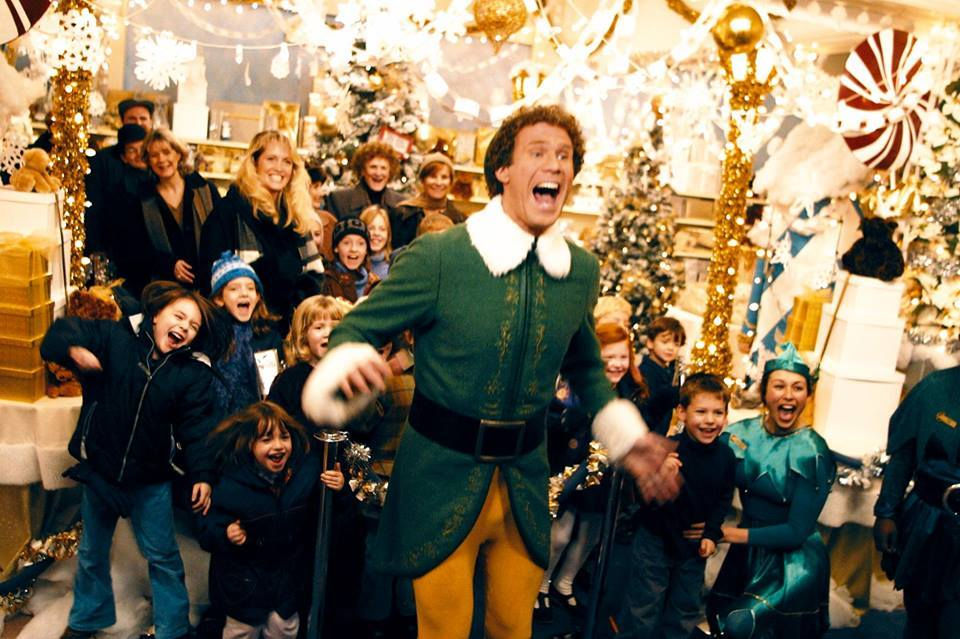Banishing and Baptizing Halloween
- Jared Staudt

- Oct 23
- 3 min read

The American holiday calendar is surprisingly rich with Catholic traditions — St. Valentine’s Day, St. Patrick’s Day, All Hallows Eve, Christmas and Easter. All of them, however, have taken on a life of their own, shaped by American consumerism, and often bear little resemblance to their Catholic origins. Halloween, in particular, has drawn elements from the celebration of All Souls Day and various pagan traditions, especially the Celtic festival of Samhain, which marked the beginning of winter and the new year. More than pagan roots, however, the modern turn to horror and the occult requires a response from Catholics, both banishing when necessary and baptizing where possible.
You can’t hide from Halloween. Gigantic skeletons, dead bodies hanging from trees and disturbing billboards advertising an experience straight out of hell. For years, many people have argued that we shouldn’t overreact — trick or treating is fun, and it’s good to focus on death and evil in lighthearted ways. That may sound all fine and good, but that kind of experience hasn’t existed for decades. It’s becoming ever more evident that the holiday has become a cover for evil to come out of the shadows. If the Celts thought evil spirits ran wild on this night, they are doing so again.
Exorcists have warned Catholics against being drawn into the darker side of Halloween. Father Francesco Bamonte, president of the International Association of Exorcists (AIE), which released a book, The Dark Charm of Halloween, explained to Catholic News Agency:
“The consumerist reinterpretation of the Celtic festival in the United States emptied it of its content of faith and allowed it to once again ‘become rooted in magic, horror and death, unlike Christianity,’ in addition to being ‘closely linked today to dark realities such as witchcraft and satanism.’ The exorcist also highlighted that it marks, for satanists, the beginning of the Satanic Year, which makes it more dangerous. Although most of those who celebrate it ‘have no intention of celebrating witchcraft and the devil,’ they put themselves ‘in communion with this maleficent spiritual current’ and become ‘more vulnerable to the ordinary and extraordinary actions’ of the devil.”
Even though Catholics have dressed like the devil for religious pageants and processions, this was done to show his subjection to Christ and the saints. Turning to evil in ways that normalize or valorize it opens a way to demonic influence. Witchcraft is on the rise in the United States, for instance, and Halloween has done much to make it seem mainstream and ordinary. Dressing up like Batman and ballerinas may be cute, but why should innocent children go to houses that showcase serial killers? Nothing good comes of this.
Catholics redeem time and space, and the resurgence of evil this time of year should serve as a rallying cry. We can recover elements of our own tradition and also make use of some contemporary practices to support them. Some aspects of Halloween can be linked to the celebration of the eve of All Souls Day, transferred from the following night. At dark, bells would be rung, lights lit in the windows to represent the holy souls, and food, especially a soul cake, left out in their honor. This cake would then be offered to the poor who came door to door for alms (souling). Dressing up has some basis in the tradition as well, with religious pageants performed by dressing up as the saints on major feasts such as All Saints. It’s also common for Catholics to use signs and symbols to remember death, like the skull, as a memento mori.
This gives us enough to work with to baptize rather than completely banish Halloween, reclaiming the day and sanctifying it through the saints and souls. Let’s banish Satan and his minions, including all their empty work, turning this secular holiday back into a holy day. We’ve come a long way as parishes and schools have been offering families opportunities to celebrate All Saints Day on either October 31 or November 1.
In conclusion, it’s good to celebrate All Hallows Eve. Let’s not let such a culturally important day pass without bringing the faith to bear upon it. There are good, neutral and bad ways to celebrate. It’s good to tie the eve back to the feast, neutral to trick or treat in safe spaces with costumes derived from pop culture and bad to expose kids to things that should be avoided. We need to banish and avoid absolutely anything related to the occult, horror and demonic themes. Rather, let’s draw out the practices that point to the holy souls. Ghosts are real — the souls of the departed — and not a laughing matter or something macabre. We’re too disconnected from death and our departed loved ones. Halloween’s focus on death can be turned to fill a much-needed hole in the Christian life today.








